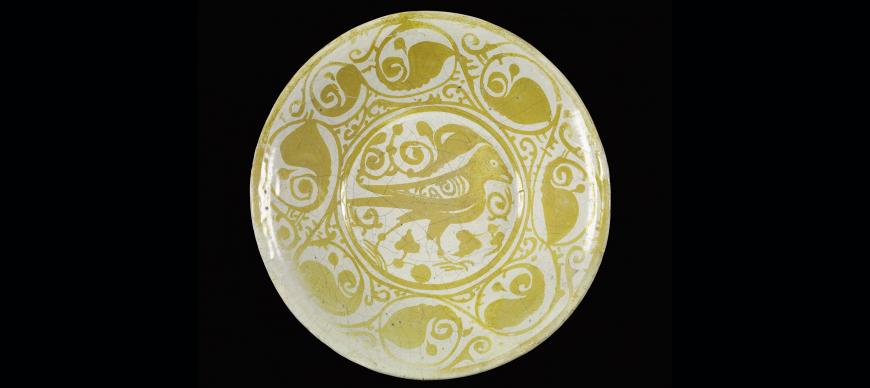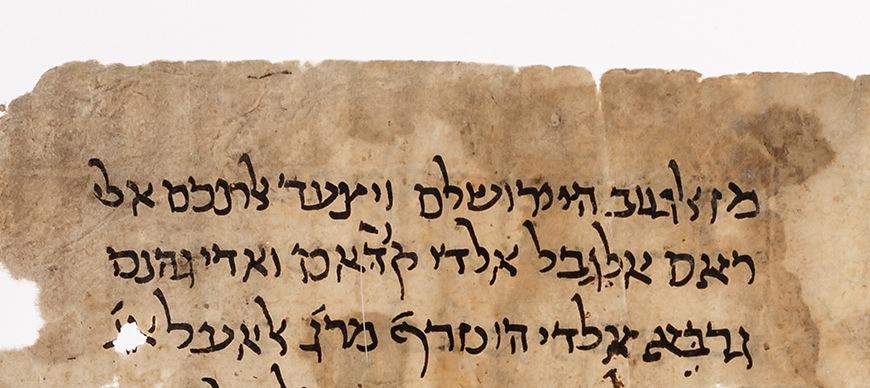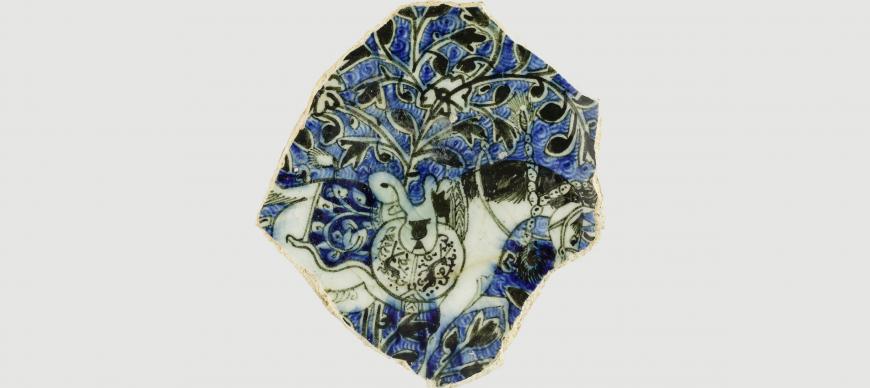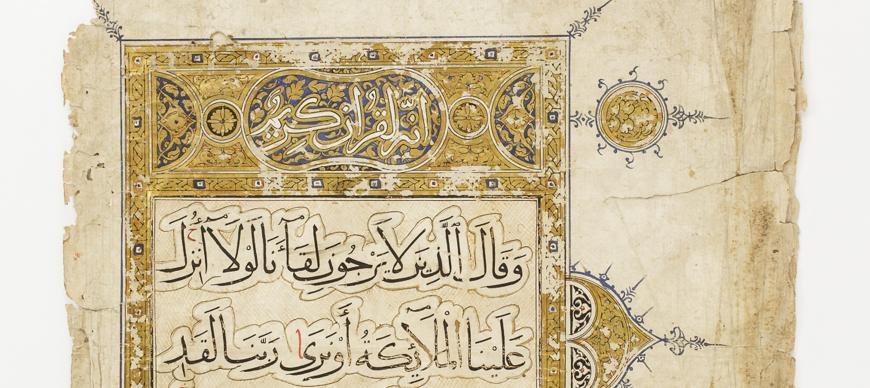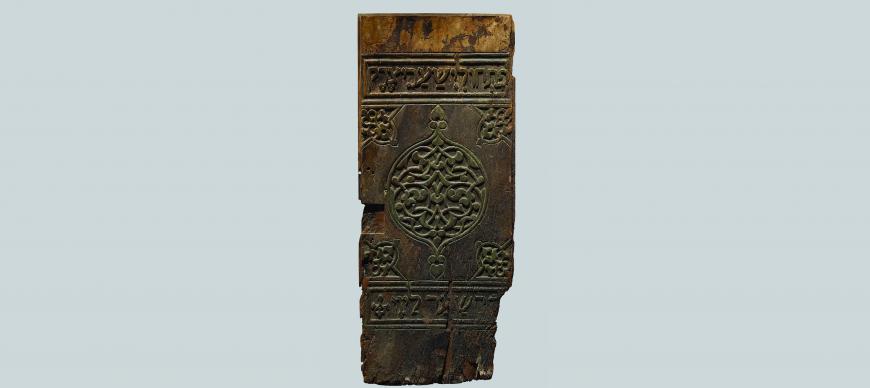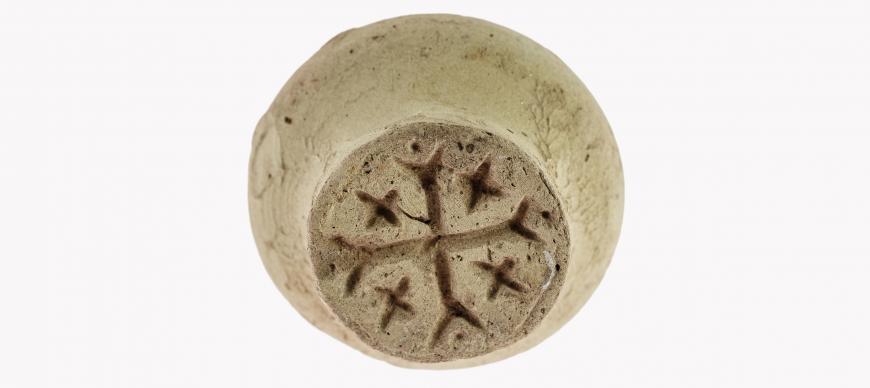February 17 – September 13, 2015
How did modern Cairo come to be? Unlike many cities in Egypt which originated during ancient Pharaonic or Greco-Roman times, Cairo is a relatively young city. The first permanent urban settlement began only in 641 AD but it grew quickly into a sprawling capital city. This exhibit highlights the diversity of people who were the first to make Old Cairo their home.
In the exhibit, visitors will explore how Old Cairo’s communities lived together and melded their traditions to create an ever-growing, multi-cultural society during the 7th to 12th centuries AD. Although the city was governed by Muslim Arabs, its neighborhoods were populated by people from a patchwork of religious and ethnic communities, including native Egyptians and many immigrants. The exhibit puts a special focus on the three main religious communities — Muslims, Christians, and Jews — whose members helped shape Old Cairo’s neighborhoods, markets, and public places.
Each of Old Cairo’s communities will be brought to life through the 75 objects in the exhibit, many of which have never before been on display. They include richly illuminated Korans, Coptic and Hebrew manuscripts, ceramics, textiles, jewelry, and architectural fragments. Other objects, such as game pieces and dolls, vividly remind the visitor of life in the city more than 1,000 years ago. Many of the artifacts in the exhibit were excavated at Fustat by the American archaeologist George Scanlon between 1964 and 1972. The exhibit also includes several important works on loan from the Walters Art Museum, Baltimore, including an 11th century carved door from the cabinet that held the Torah in the Ben Ezra Synagogue in Cairo, and a lusterware bowl decorated with a scene of a bird.
An audio feature in the exhibit allows the visitor to hear voices of Old Cairo through modern readings of the thoughts and memories of the people who lived there. These recordings include people describing their city and everyday experiences: a woman writing to her neglectful son, selections from the writings of the 12th century poet Moses ben Abraham Dari, and the daily routine of the famed 12th century physician Moses Maimonides.
Another theme within the exhibit is the exploration of how Old Cairo’s communities interacted while living in close urban quarters. Archaeological artifacts such as textiles, pottery, games, and toys show how the boundaries between communities could be blurred. Old Cairo’s residents often lived similarly across the city and shared many daily activities, traditions, and aspirations. The archaeological artifacts in the exhibit commemorate 50 years since rescue excavations were conducted at Old Cairo by George Scanlon in collaboration with the American Research Center in Egypt in 1964.
The exhibit is curated by Tasha Vorderstrasse, PhD, Research Associate at the Oriental Institute, and Tanya Treptow, who holds a PhD in Islamic Archaeology from the University of Chicago, with the collaboration of Donald Whitcomb, Associate Professor of Islamic Archaeology at the Oriental Institute.
Read the Press Release
View and download translations of the Special Exhibit panels in Spanish and Mandarin.
There are a number of public and academic programs in connection with the exhibit. View our Special Exhibits Events and Lectures page for full details.
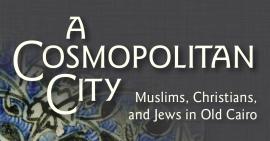
Special Exhibit Catalogue "A Cosmopolitan City: Muslims, Christians, and Jews in Old Cairo"
Available for download from the Oriental Institute Publication Program.
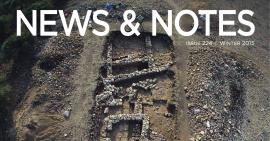
"A Cosmopolitan City: Muslims, Christians, and Jews in Old Cairo"
Museum article by Tanya Treptow and Tasha Vorderstrasse, excerpt from Oriental Institute News & Notes Quarterly Newsletter, Issue 224
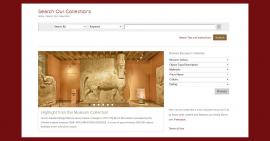
Search Our Collections
Browse materials in the Oriental Institute Museum Collections and Archives.

